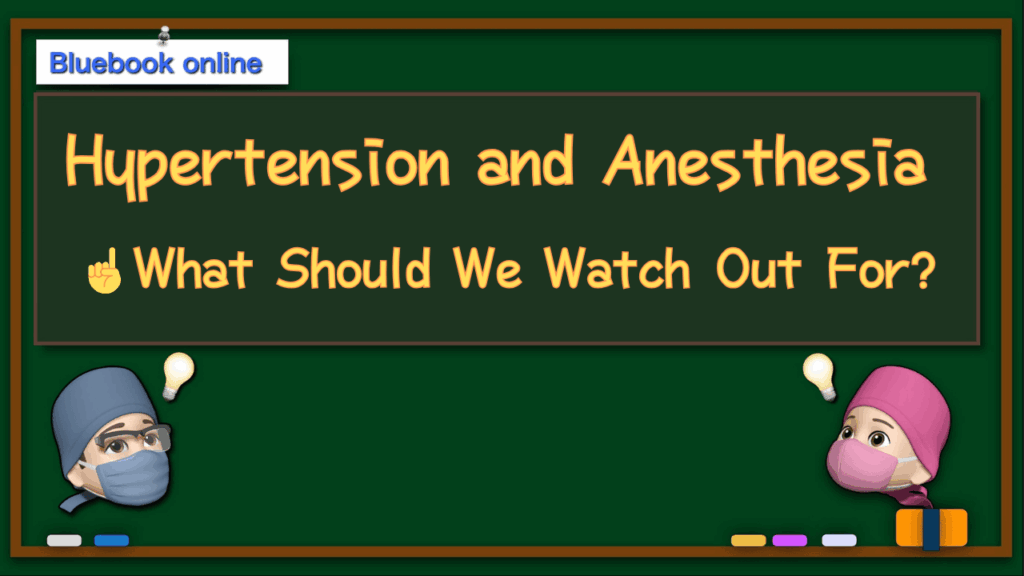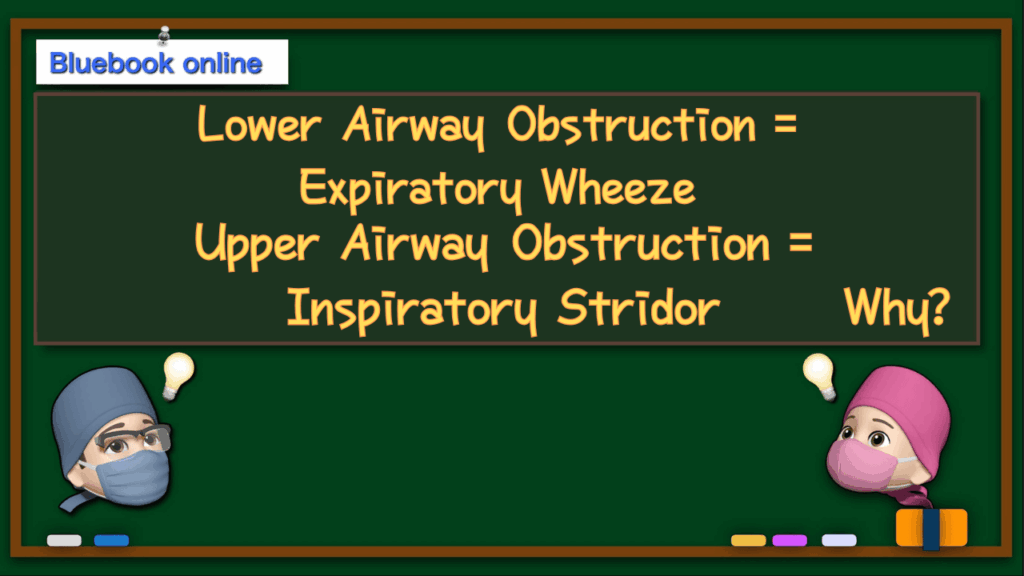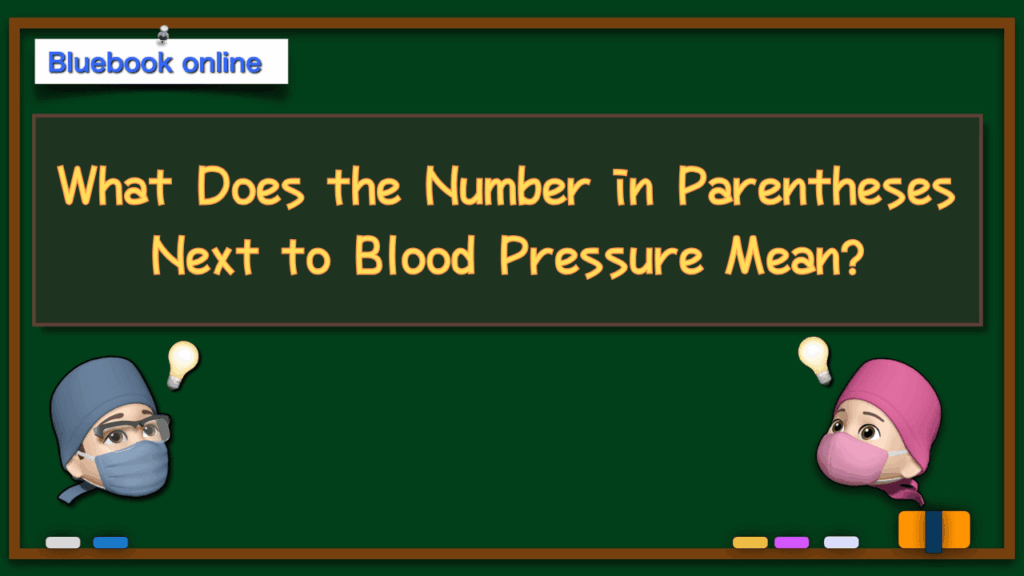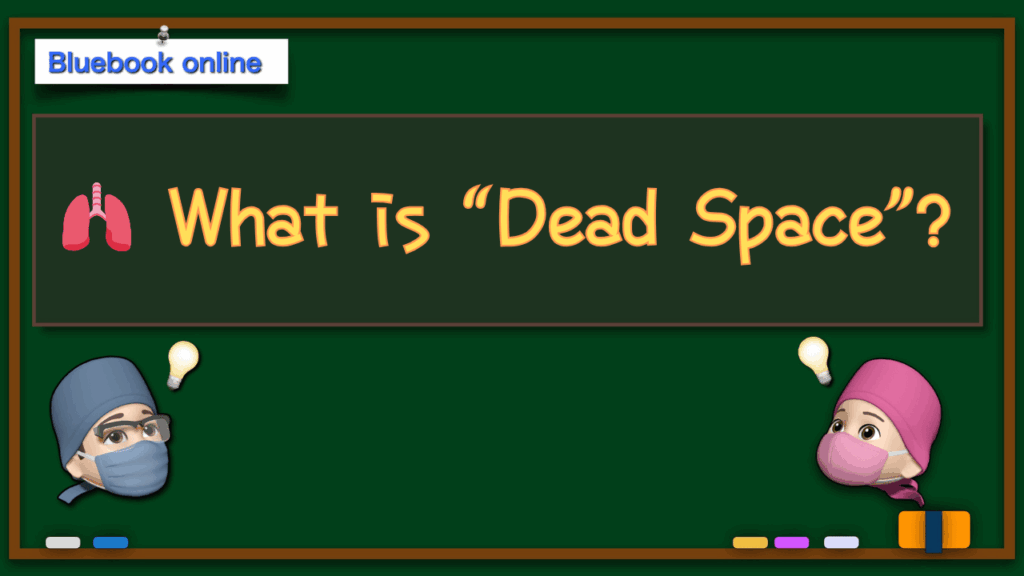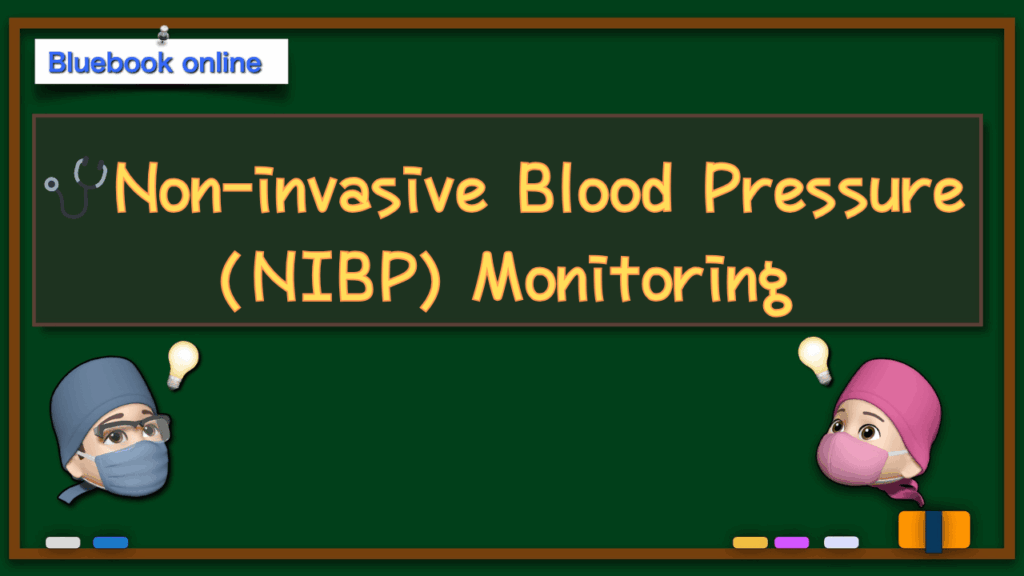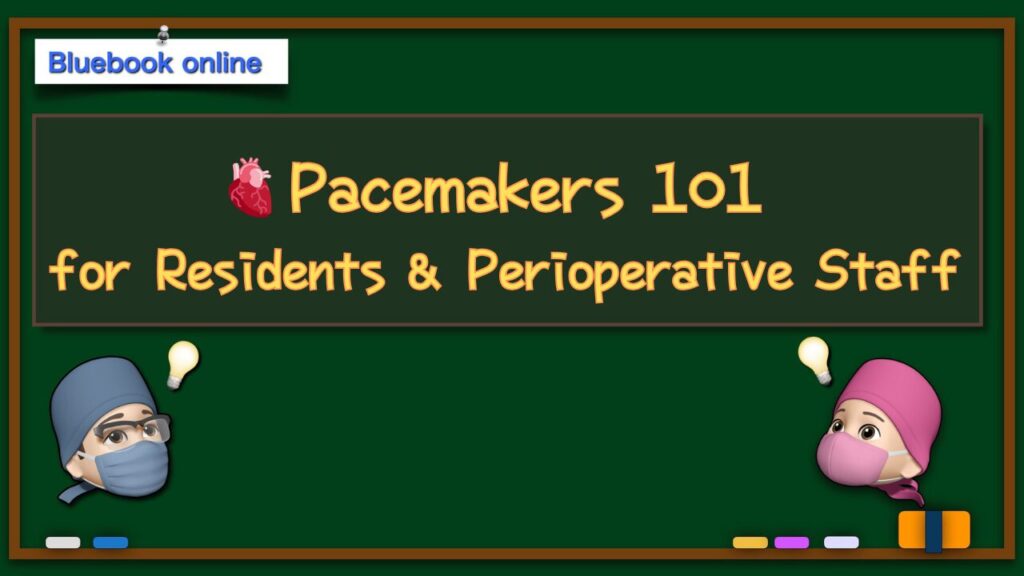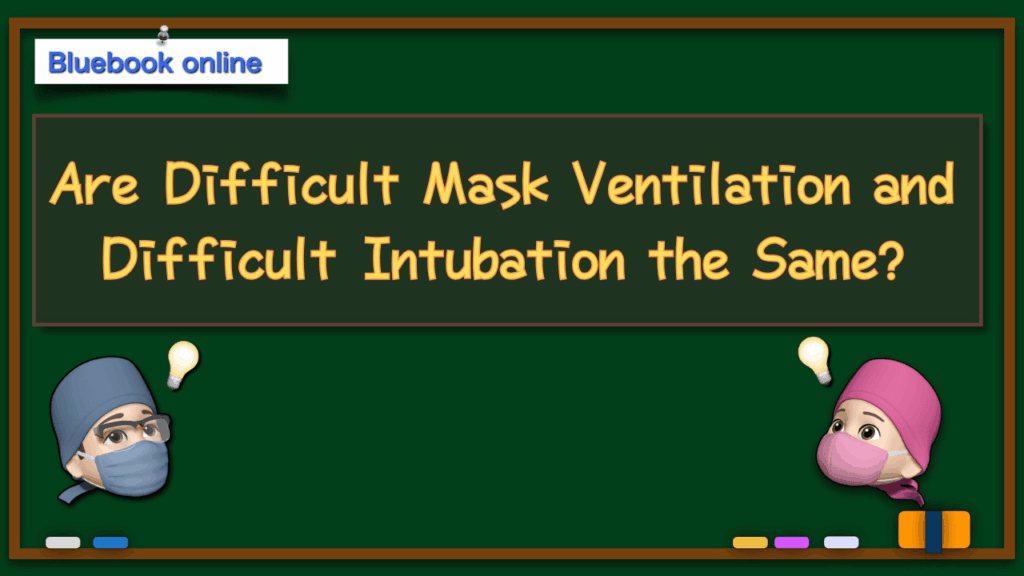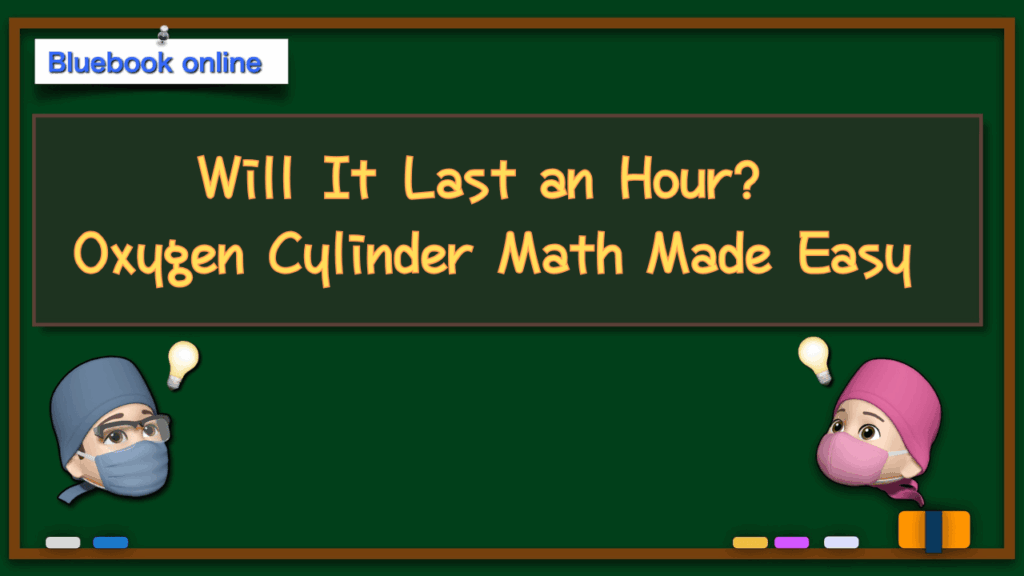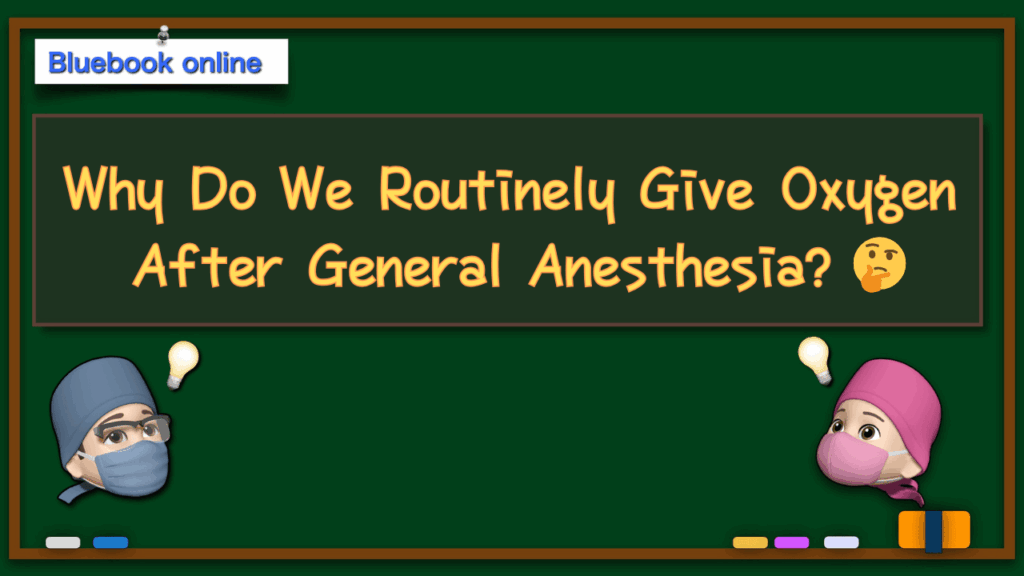English version– category –
-

🫀 Hypertension and Anesthesia — What Should We Watch Out For? 🤔
Anesthesia in hypertensive patients: drug management, autoregulation shifts, and intraoperative blood pressure swings explained. -

🫁 Upper Airway Obstruction = Inspiratory Stridor, Lower Airway Obstruction = Expiratory Wheeze… Why?🤔
Upper airway obstruction causes inspiratory stridor, while lower airway obstruction produces expiratory wheeze. This article explains the difference with simple physics-based illustrations. -

🩺 What Does the Number in Parentheses Next to Blood Pressure Mean?🤔
What does the number in parentheses next to blood pressure mean? 👀 It’s the mean arterial pressure (MAP), the key value that reflects organ perfusion. Explained with conversation-style Q&A, useful for anesthesiology board exam and perioperative management team exam preparation. -

🫁 What is “Dead Space”?
Dead space explained: anatomic, alveolar, and physiologic types, VD/VT, PaCO₂–ETCO₂ gradient, with clinical notes on PE, pneumonia, and COPD (V/Q mismatch). -

🩺 Non-invasive Blood Pressure (NIBP) Monitoring
Basics of non-invasive blood pressure (NIBP): Korotkoff vs oscillometric methods, cuff size/position, ASA standards. For exam prep. -

🫀 Pacemakers basic for Residents & Perioperative Staff
Clear explanation of pacemaker basics, perioperative checks, intraoperative settings, electrosurgery precautions, and troubleshooting. For anesthesiology board and perioperative team exams. -

Are Difficult Mask Ventilation and Difficult Intubation the Same?🤔
Are difficult mask ventilation and difficult intubation the same? Learn key differences, risks, and ASA 2022 airway guidelines. -

How Long Does an Oxygen Cylinder Last? ~ Will It Last an Hour? Oxygen Cylinder Math Made Easy ~
How long does an oxygen cylinder last? Learn easy formulas with examples, cylinder factors, and safety margins explained clearly. -

🫁 Why Do We Routinely Give Oxygen After General Anesthesia?🤔
Oxygen therapy after anesthesia is routine, but why? This article explains the mechanisms of postoperative hypoxemia, why oxygen is supportive not curative, and the risks of excessive oxygen flow.
